Here are 8 interesting and fun curiosities about 300, Zack Snyder’s 2007 comic book film, based on the graphic novel by Frank Miller.

Poster of the film 300, source: Warner Bros
300 by Zack Snyder is one of the most famous comic films in the history of cinema, as well as still one of the most popular films by the American director, which immediately became an instant cult, thanks to the countless iconic scenes and phrases.
Beyond mere popularity, the film is important for modern cinema, precisely because it managed, in its own way, to rewrite the rules of the American action movie, becoming a point of reference for films that came later. So, to better understand the secrets behind the success of Zack Snyder’s film, let’s enjoy these 8 curiosities of 300 .
The inspiration of Frank Miller’s graphic novel
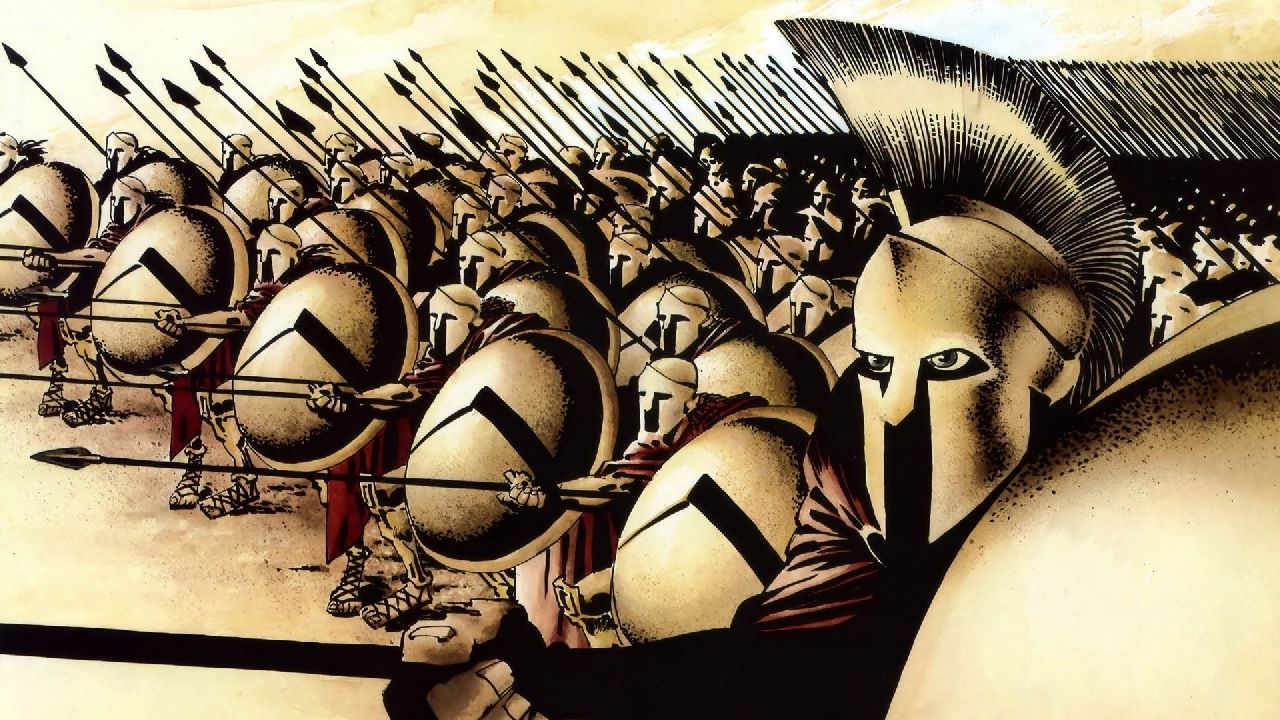 The 300 comic by Frank Miller, source: Star Comics
The 300 comic by Frank Miller, source: Star Comics300 by Zack Snyder comes to life from the 1998 graphic novel of the same name written by the great Frank Miller , who in turn was inspired by a 1962 American film entitled The 300 Spartans , translated in Italian as The Hero of Sparta.
Exactly like the comic, Snyder’s film also takes inspiration from the famous battle of Thermopylae , which occurred in 480 BC, in which Leonidas, King of Sparta, at the head of a handful of 300 brave soldiers, managed to face the incredible Persian army of the evil Xerxes, far superior in numbers.
Historical and creative freedoms
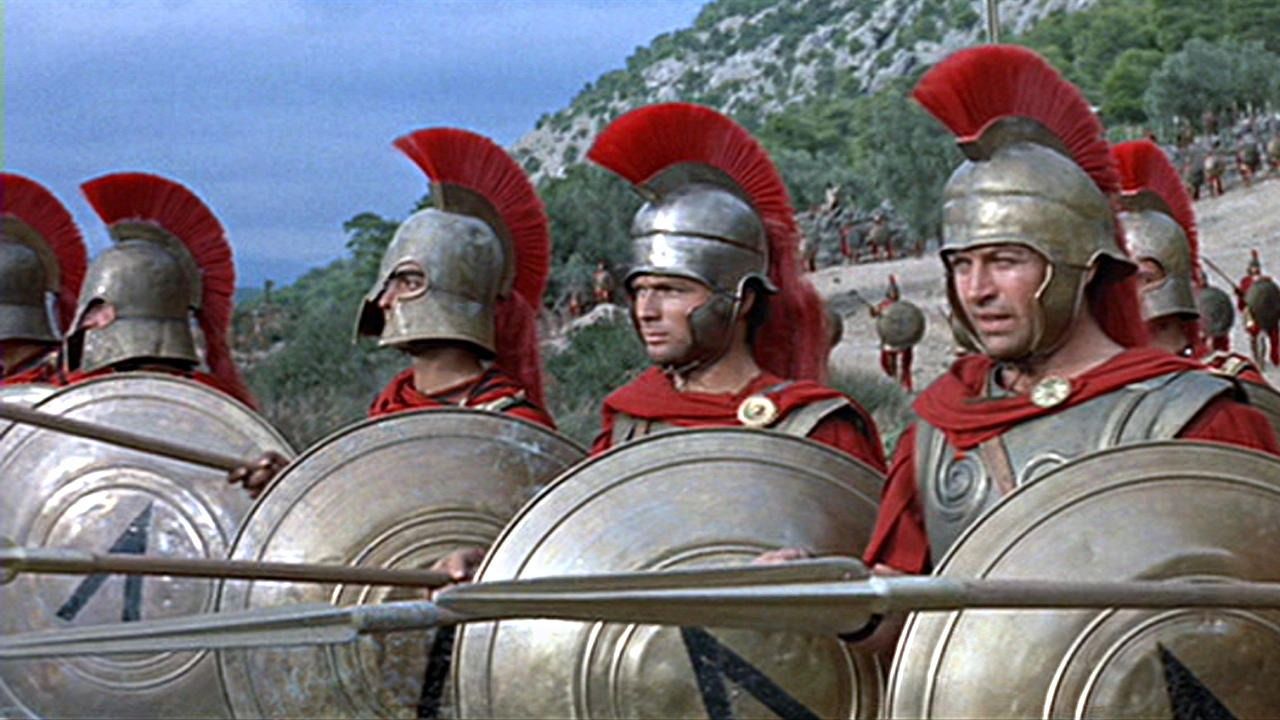 Scene from The Hero of Sparta, source: 20th Century Fox
Scene from The Hero of Sparta, source: 20th Century Fox
Legend tells of the valiant heroic undertaking conducted by Leonidas in command of a small number of soldiers, precisely the 300 brave Spartans, who bravely sacrificed themselves against the great Persian army of Xerxes (played by Rodrigo Santoro who hated getting waxed for the role ).
In reality the sovereign of Sparta was the general of a much larger army, consisting of 10,000 men , formed thanks to an alliance between the Greek poleis, to protect one of the main outposts, located in the central area of Greece. Although the number is well over 300, the real undertaking remains epic, precisely because history has it that the Persian army of the time numbered as many as 300,000 units.Snyder himself, however, chose to take his creative liberties with the graphic novel as well . In fact, the entire subplot involving the Senate, including the attack on Queen Gorgo, does not find ideas or references in the original work, but was written ad hoc directly in the film’s screenplay, precisely to emphasize the epic aspect of the story .
The filming technique
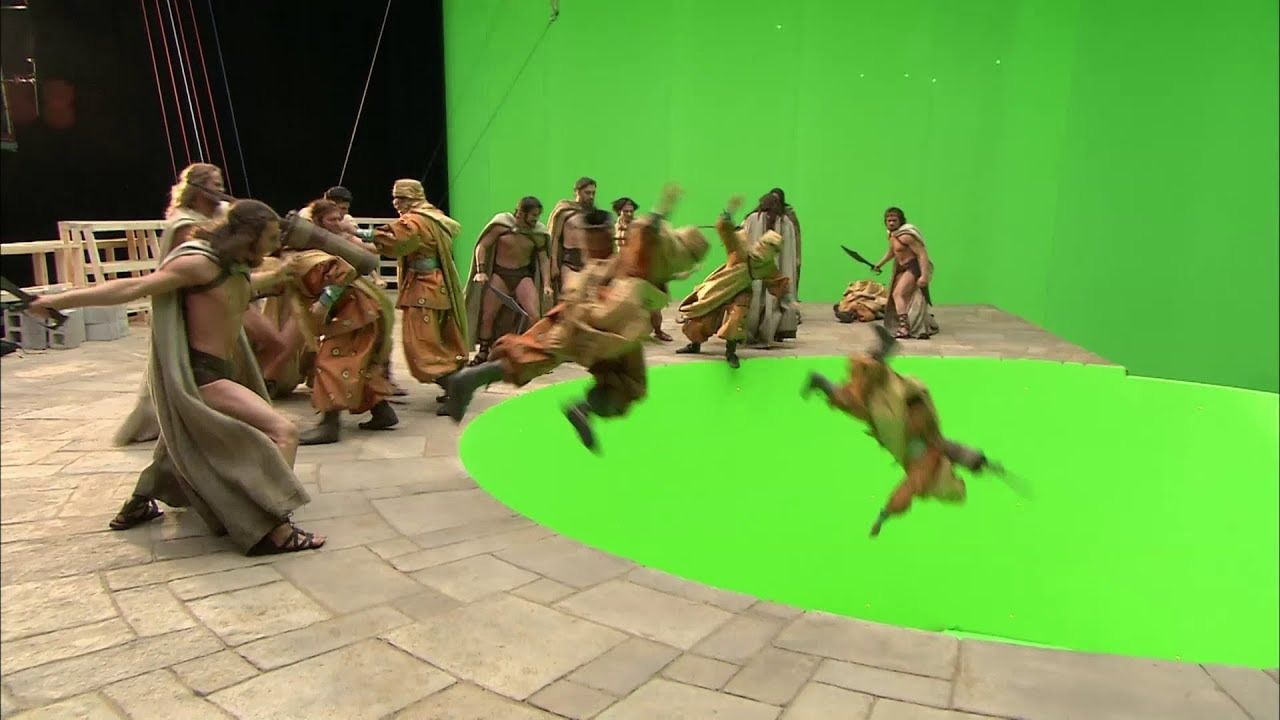 Behind the scenes of 300, source: Warner Bros.
Behind the scenes of 300, source: Warner Bros.
The film was shot with the chroma key technique to reproduce the images of the original graphic novel. 300 was shot almost exclusively on soundstages, thanks to which the production was able to reconstruct the Thermopylae pass, where the classic blue and green screens were applied.
The chroma key technique involves removing the background in post-production and applying the desired image. In the case of Snyder’s film, precisely the backgrounds of some panels of Miller’s work.Extreme athletic training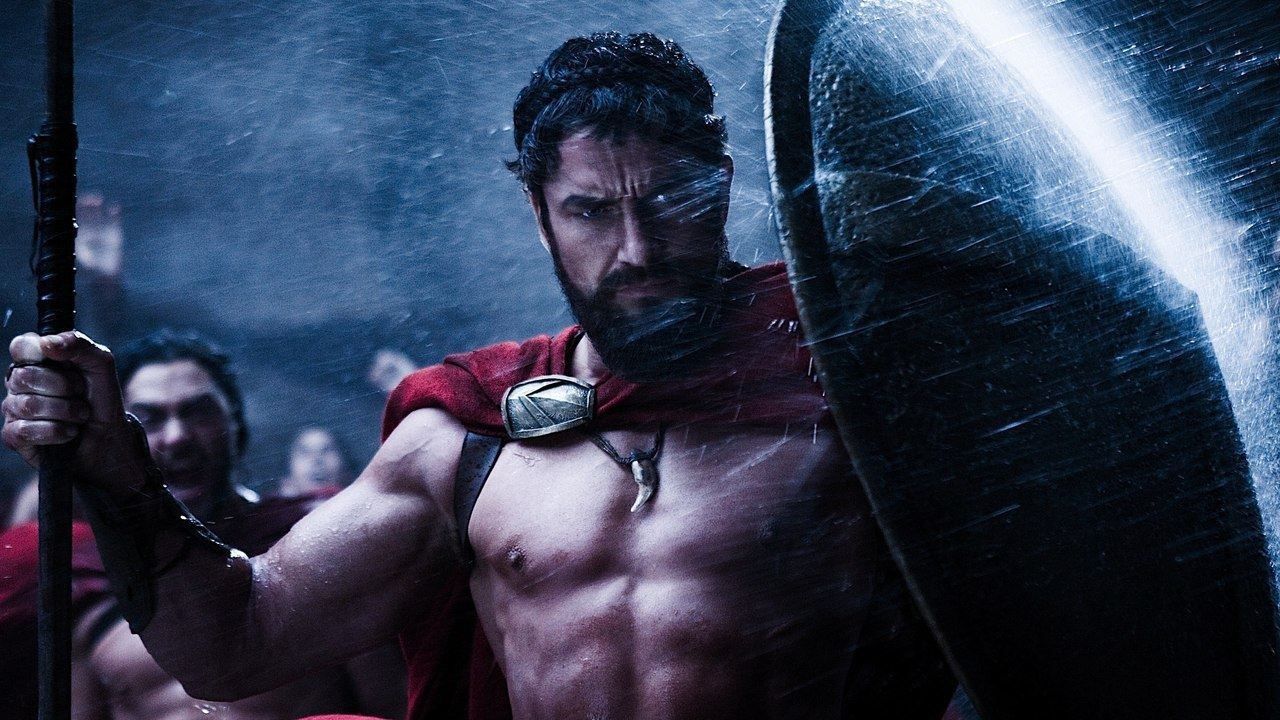
The production, as can easily be understood by watching the film, required, before filming began, that all the actors in the film undergo extreme athletic training, including the use of real weapons to make the movements and actions more realistic. fighting techniques. Although most of the Spartan performers were professional stunt performers, the latter trained for approximately 8 weeks to be ready for the start of filming .For his part, Gerald Butler, being the interpreter of Leonidas, therefore the protagonist of the film, trained 4 hours a day, for 7 months , gaining over 25 kg of muscle mass, precisely to be able to be the biggest and most powerful on stage.
Snyder required all the actors to do exercises, including push-ups, weightlifting and push-ups, to pump up their muscles and make them look even bigger. However, despite the extreme training, the actors’ abs were digitally defined in post-production to be even more perfect.
Daddy’s boys Eli Snyder in 300, source: Warner Bros
Eli Snyder in 300, source: Warner Bros
In one of the initial sequences, when the film narrates the origin of the protagonist, the young interpreter of King Leonidas is none other than Eli Snyder , Zack’s son, had during his first marriage to his ex-wife Denise Weber.
The boy will continue to work with his director father; in fact, Snyder will cast him for two more cameos, in 2009 for Watchmen, in the part of the young Walter Kovacs, the future Rorschach, and in 2011 for Sucker Punch.A forgotten debut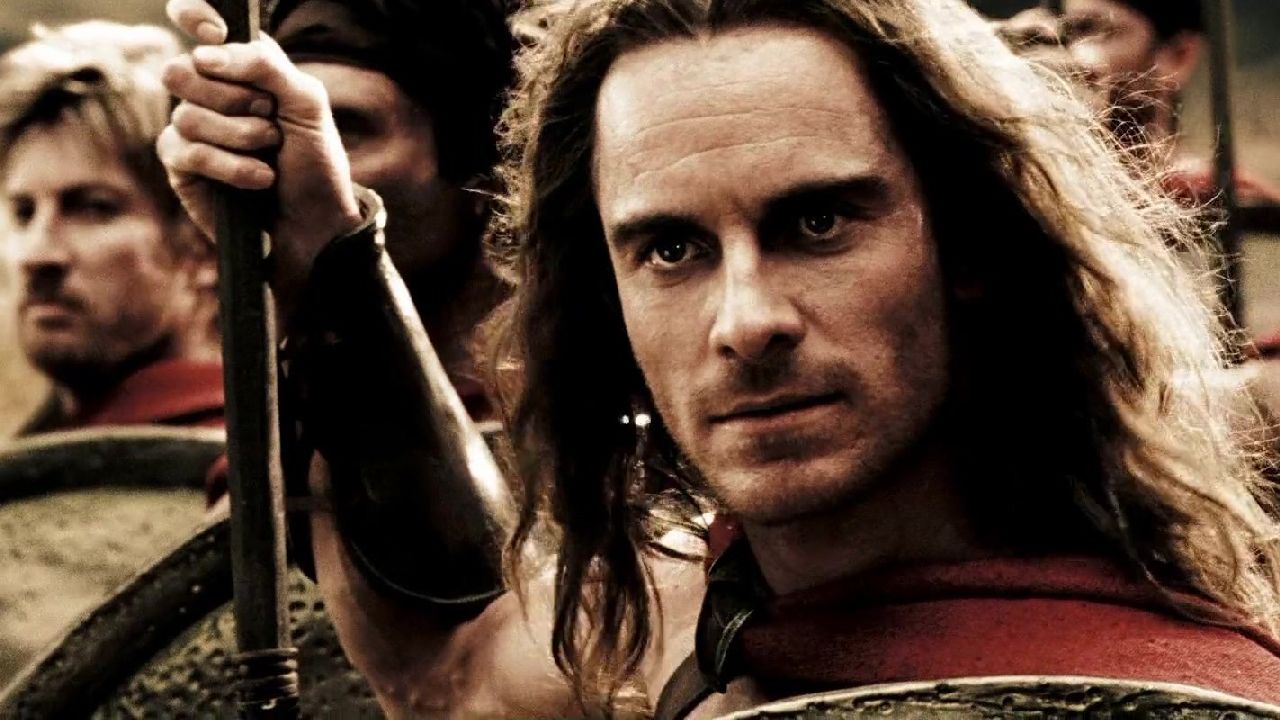 Michael Fassbender in 300, source: Warner Bros.
Michael Fassbender in 300, source: Warner Bros.
Probably few people know that the great Michael Fassbender , a famous Irish actor of German origins, made his film debut in Zack Snyder’s film 300, playing the Spartan warrior Stelios, one of the last valiant soldiers to fall alongside King Leonidas.The 17 helmets of King Leonidas
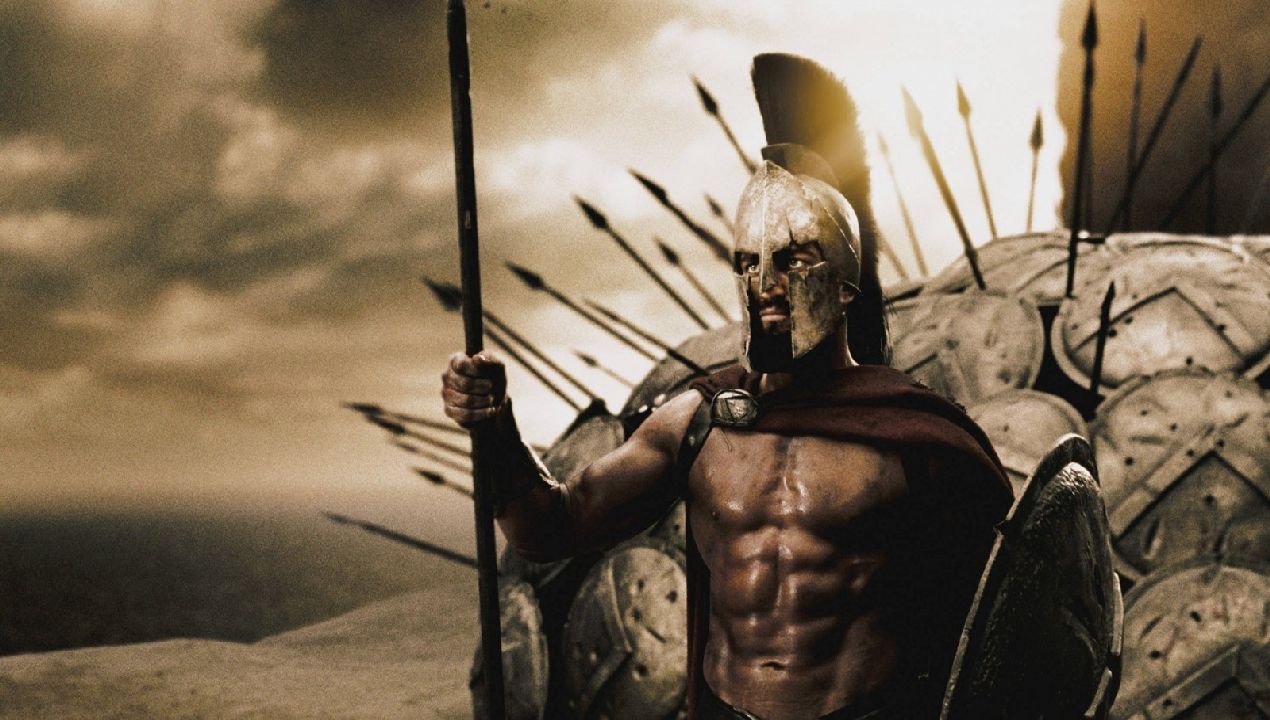 A scene from 300, source: Warner Bros.
A scene from 300, source: Warner Bros.Zack Snyder and his collaborators had 17 helmets made for Gerald Butler , which the actor changed as the story progressed.
In fact, every helmet built in the film for King Leonidas had to represent the state of degradation caused by the fearless warrior’s willing fights against the Persian army.An iconic phrase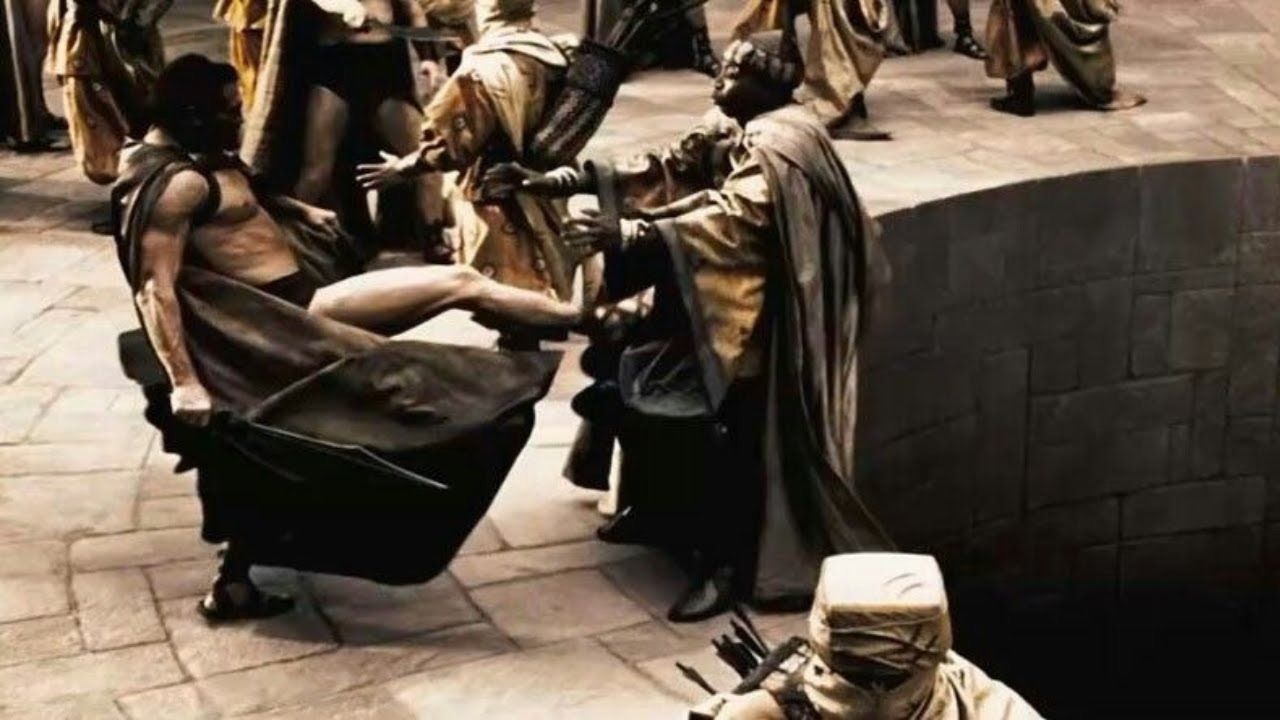 The football scene in 300, source: Warner Bros.
The football scene in 300, source: Warner Bros.
Anyone who thinks of the film 300 does not immediately remember the famous phrase: This is Sparta! (translated into Italian as This is Sparta!).
Probably not everyone knows that the latter was improvised by the protagonist , Gerard Butler, during the scene in which Leonidas kicks King Xerxes’ emissary into the well, in what is rightly considered one of the most cult of the film.In the original screenplay, that phrase, which also became a famous meme, was not supposed to be shouted, but pronounced exactly like in the graphic novel, in a more composed manner.
Butler, not satisfied with the performance of the line, decided to improvise it in a much more emphatic and fiery tone. Considering the iconic nature of the phrase, the actor was largely right.